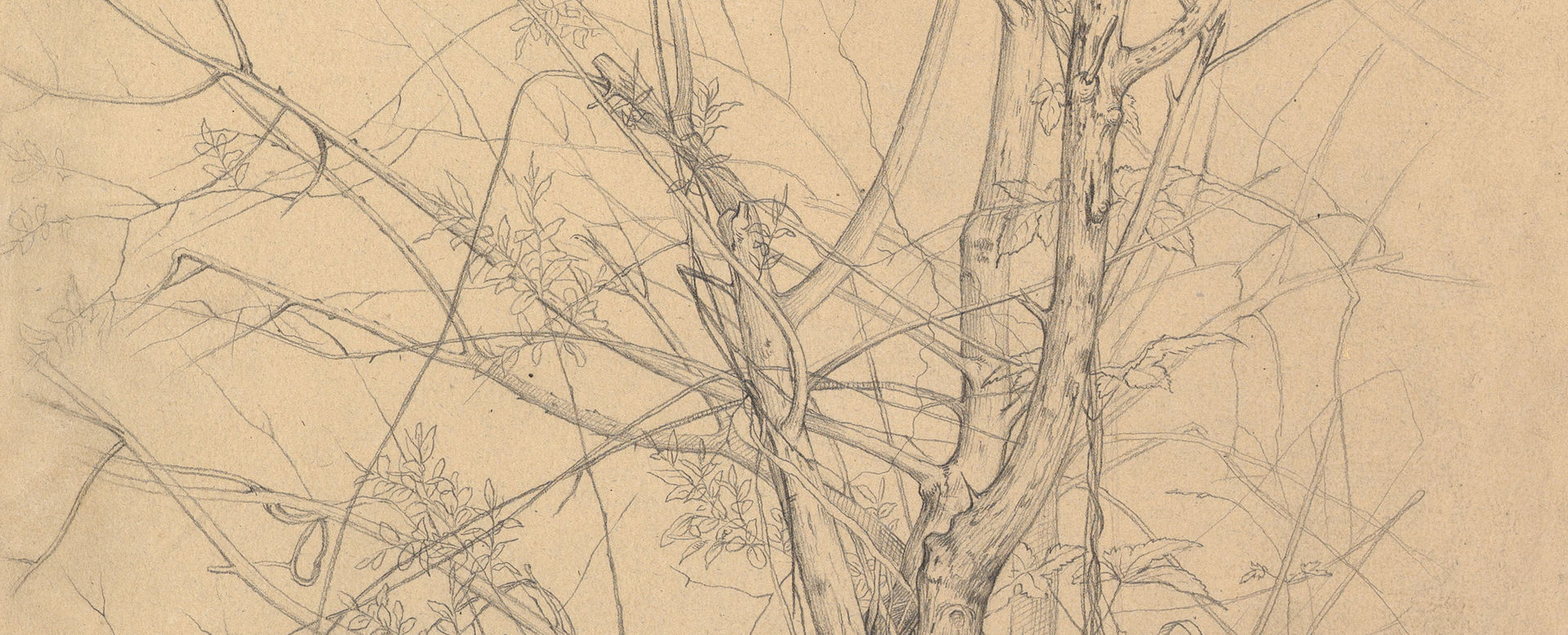Hamlet and Laertes at the Tomb of Ophelia
Eugène Delacroix French
Subject William Shakespeare British
Not on view
This composition was one of the three omitted from the 1843 publication of "Hamlet." (Though it was eventually included in a posthumous edition of the book published in 1864.) Perhaps Delacroix decided the preceding lithograph of the gravediggers was sufficient to represent act 5, scene 1. In reference to this work, Alfred Robaut, one of the first scholars of Delacroix’s drawings, wrote in 1885: "Delacroix enjoyed tracing his compositions several times, and the more he advanced, the more he simplified, endeavoring to render in ten strokes of the pencil what he had first expressed in one hundred." Tracing thus enabled the artist to hone his composition, so that when it came time to draw the design on the lithographic stone, his task was clear and defined.
Due to rights restrictions, this image cannot be enlarged, viewed at full screen, or downloaded.



